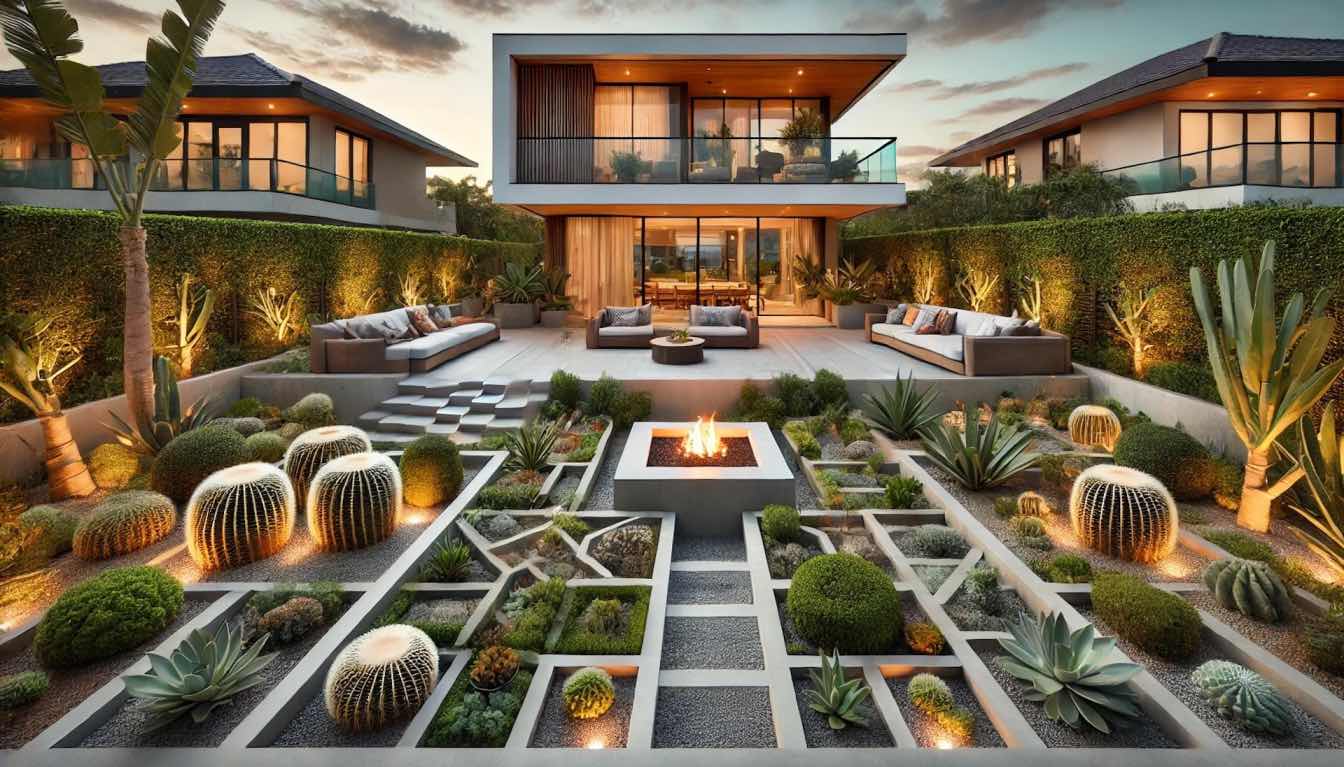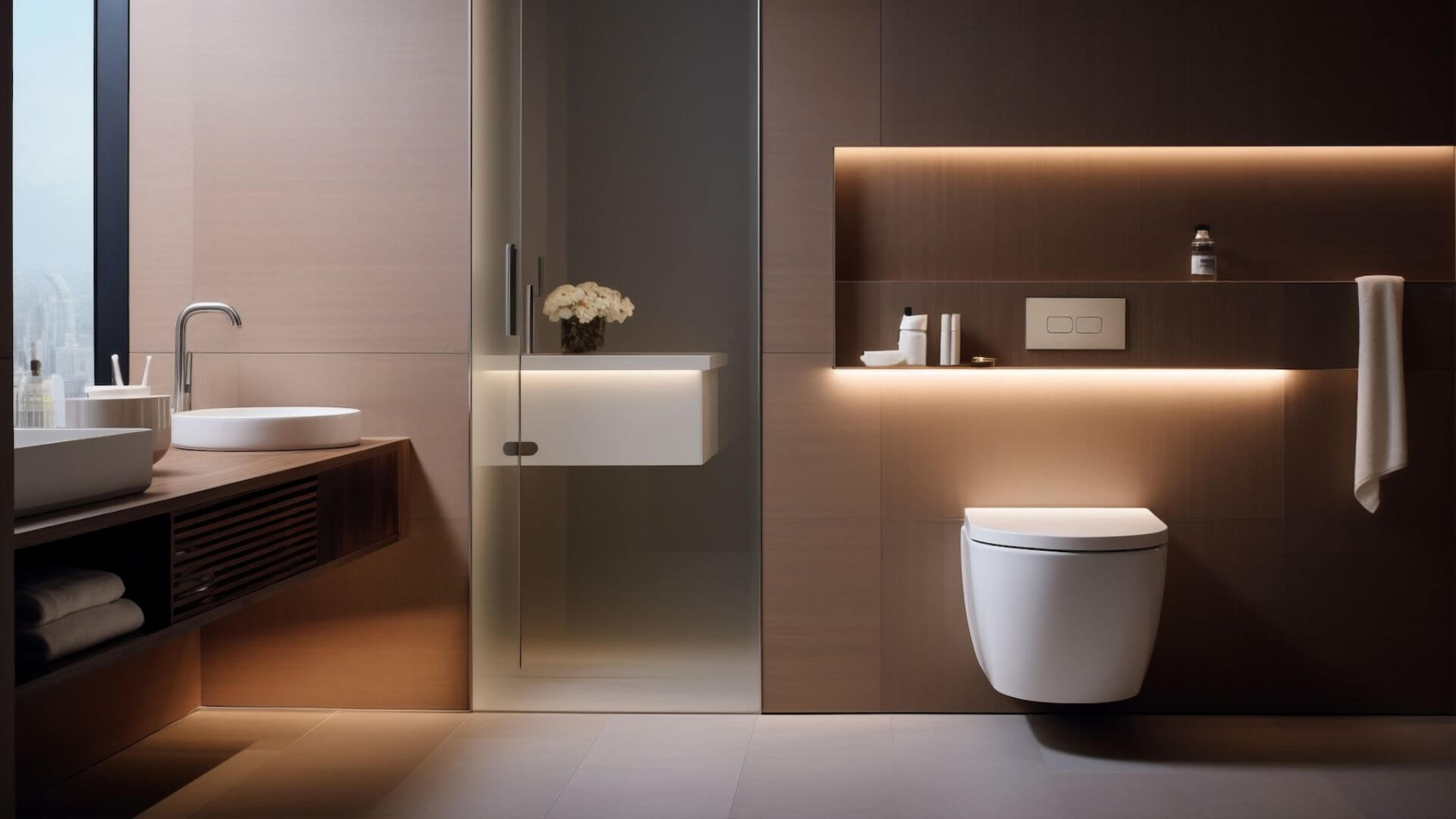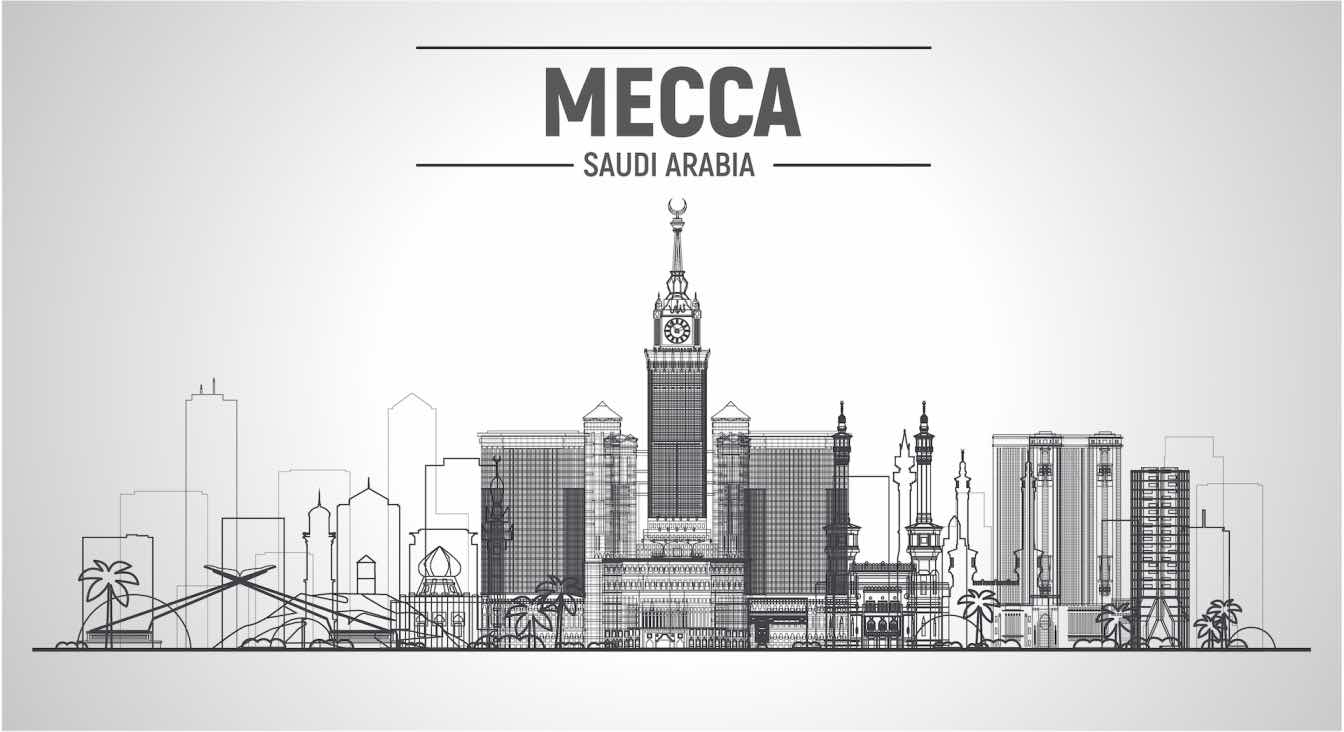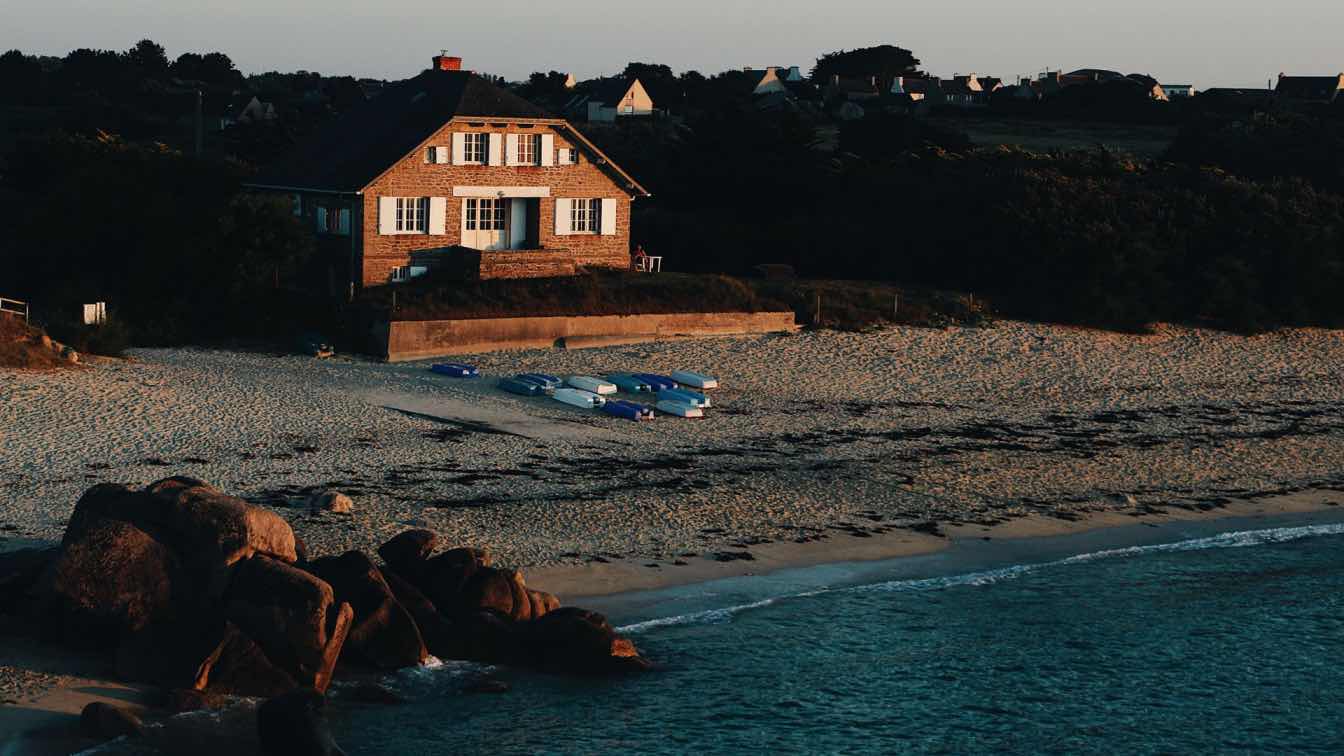Outdoor spaces are no longer an afterthought in architectural design; they are integral to modern living environments. These spaces, whether expansive or compact, serve as extensions of indoor areas and play a vital role in enhancing a property's overall aesthetic and functional appeal. Landscaping trends in contemporary architecture reflect a growing focus on sustainability, technology, and minimalism, redefining how outdoor areas are designed and utilized.
Front Yard Landscaping Trends: Setting the Tone for Modern Homes
The front yard is often the first impression of a home, making its landscaping critical to establishing curb appeal. Contemporary trends in front yard design emphasize clean lines, natural elements, and functionality.
1. Sculptural Plants and Trees
Using sculptural trees and shrubs as focal points has become a modern front yard landscaping hallmark. These elements add structure and visual interest, aligning perfectly with minimalist architectural styles.
2. Eco-Friendly Hardscapes
Permeable pavers, gravel pathways, and natural stone are replacing traditional concrete. These materials promote drainage and sustainability while offering a polished look.
3. Native and Drought-Resistant Plants
In regions prone to water scarcity, native plants and xeriscaping are gaining popularity. These designs reduce maintenance and water usage while maintaining beauty.
4. Lighting for Impact
Strategically placed outdoor lighting highlights architectural features and landscaping details. LED and solar-powered options are energy-efficient choices for modern designs.
Backyards as Multifunctional Spaces
Backyards have transitioned from simple recreational areas to multifunctional spaces tailored to contemporary needs. Current trends aim to maximize utility and aesthetics, turning backyards into dynamic environments for relaxation, entertainment, and work.
1. Outdoor Living Rooms
Complete with weatherproof furniture, rugs, and fire pits, outdoor living rooms extend the comfort of indoor spaces. These areas are ideal for entertaining guests or unwinding in style.
2. Edible Gardens
Integrating edible plants like herbs, vegetables, and fruit trees into backyard landscapes is a practical and eco-friendly trend. It reflects the growing interest in sustainable living and self-sufficiency.
3. Water Features
Minimalist water features such as fountains or reflecting pools bring tranquility and elegance to backyard designs, complementing modern architecture.
4. Smart Landscaping Technology
Automated irrigation systems, outdoor speakers, and smart lighting controlled via apps enhance convenience and functionality in backyard spaces.
The Role of Trees in Outdoor Landscaping
Trees are the backbone of any outdoor space, contributing both functional and aesthetic value. They define landscapes, provide shade, improve air quality, and offer privacy. In contemporary landscaping, trees are carefully selected and positioned to enhance the overall design.
Sculptural Trees
Unique species like Japanese maples or olive trees serve as natural art pieces, adding character to landscapes.
Seasonal Focal Points
Deciduous trees with striking seasonal changes bring dynamic beauty to outdoor spaces, while evergreens maintain year-round structure.
Strategic Placement
Thoughtfully placed trees create natural partitions, shaded sitting areas, or windbreaks, improving comfort and usability.
Tree & Plant Healthcare: Ensuring Longevity and Vibrancy
Healthy trees and plants are essential for maintaining the beauty and functionality of outdoor spaces. Proper care ensures their resilience against pests, diseases, and environmental stressors. Services like Tree & Plant Healthcare are critical for achieving thriving landscapes.
These services focus on comprehensive care, including soil analysis, fertilization, pest control, and pruning. By investing in the health of trees and plants, property owners can enjoy outdoor spaces that remain vibrant and sustainable for years to come.
Landscaping for Small Outdoor Spaces
With urbanization on the rise, small outdoor spaces are becoming increasingly common. Landscaping trends for these areas focus on maximizing functionality and creating visually impactful designs.
1. Vertical Gardens
Vertical gardens make excellent use of limited space, providing greenery without taking up valuable ground area. These installations are ideal for urban balconies or compact yards.
2. Compact Water Features
Small fountains or wall-mounted waterfalls bring serenity to tiny spaces, complementing minimalist designs.
3. Multi-Purpose Furniture
Foldable or modular furniture allows small spaces to serve multiple functions, from dining to lounging.
4. Container Gardening
Plants in stylish containers offer flexibility and mobility, allowing for seasonal updates or reconfiguration of the space.
Challenges in Modern Landscaping
Creating sustainable and visually appealing outdoor spaces comes with challenges. Striking a balance between aesthetics, functionality, and environmental impact often requires thoughtful decision-making.
1. Sustainability vs. Design
While sustainable practices are essential, they may limit design choices, particularly when native or drought-resistant plants are used.
2. Maintenance Requirements
Green roofs, living walls, and sculptural plants demand regular care, which can be time-intensive and costly.
3. Climate Resilience
Landscaping must be designed to withstand local climate conditions, from extreme heat to heavy rainfall.
4. Integration of Technology
Smart landscaping systems enhance convenience but require careful planning to blend seamlessly into the design.
The Impact of Outdoor Spaces on Lifestyle and Environment
Outdoor spaces are not just extensions of architectural designs; they are vital contributors to well-being and environmental sustainability. Thoughtfully designed landscapes:
1. Foster relaxation and social interaction.
2. Enhance biodiversity by supporting native plants and wildlife.
3. Reduce urban heat islands and improve air quality.
Verdict
Incorporating modern landscaping trends into outdoor spaces is not just about aesthetics—it's about creating functional, sustainable, and meaningful environments that enhance both architecture and lifestyle. Whether it's a minimalist front yard, a multifunctional backyard, or a compact urban garden, thoughtful design and proper plant care are the keys to success. By prioritizing tree and plant healthcare, property owners can ensure the vitality and longevity of their landscapes. Ultimately, transforming outdoor spaces is an investment in beauty, sustainability, and quality of life, making it a cornerstone of contemporary architecture.





